Nepal's Gen-Z protests continue: Death toll reaches 30, over 1,000 injured
- EP News Service
- Sep 10, 2025
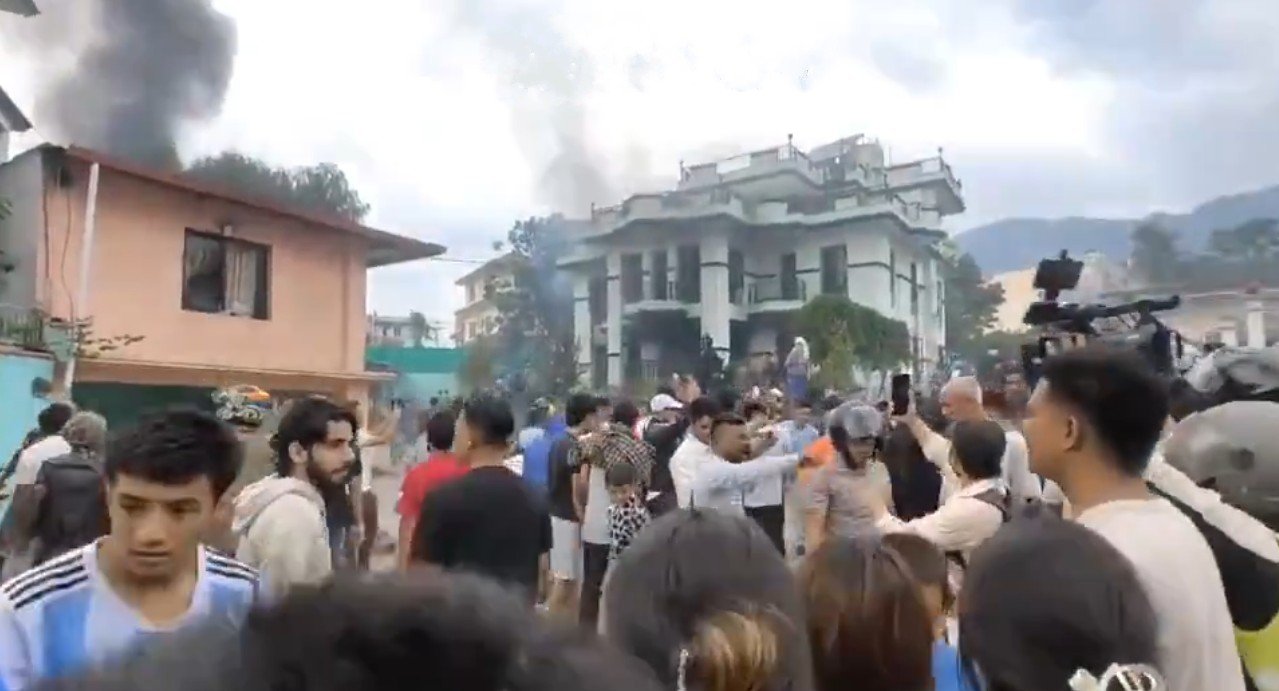
Government buildings set on fire by protestors in Nepal
NEW DELHI: A wave of youth-led protests, dubbed the "Gen-Z uprising," has plunged Nepal into chaos, with the death toll rising to 30 and injuries surpassing 1,000, till Wednesday according to the Ministry of Health and Population. Although calm tentatively returned to Kathmandu as soldiers patrolled the deserted streets, and the city remained under a heavy military presence. And while no fresh violence was reported, but the Gen-Z movement shows no signs of abating, with discussions underway to nominate a leader for an interim government.
The violent demonstrations, which erupted on September 8, 2025, in Kathmandu and other cities, were initially sparked by a government ban on major social media platforms, including Facebook, X, and YouTube. However, the unrest reflects deeper frustrations over systemic corruption, shrinking economic opportunities, and political nepotism.
On September 4, the government, led by then-Prime Minister K.P. Sharma Oli, imposed a sweeping ban on 26 social media platforms, citing their failure to register under state regulations. The move was widely criticized by rights groups as an attempt to censor dissent, particularly as online campaigns targeting political "nepo kids" gained traction. Thousands of young Nepalis, many of them school and college students, took to the streets on September 8, demanding transparency and the lifting of the ban.
The protests quickly escalated as demonstrators stormed barricades, surrounded Parliament, and set fire to government buildings, including parts of the presidential residence and Oli’s private home. Police responded with tear gas, water cannons, rubber bullets, and, according to Amnesty International, live ammunition, resulting in at least 19 deaths on the first day alone. By Wednesday evening, the death toll had climbed to 30, with 1,033 injuries reported nationwide. Of those injured, 713 have been discharged, 55 were referred to specialized facilities, and 253 remain hospitalized, with the Civil Service Hospital in Kathmandu treating the majority, at 436 patients.
Dubbed the "Gen-Z protest," the movement has been driven largely by teenagers and young adults, many unaffiliated with traditional political parties. Aayush Basyal, a 27-year-old master’s student in Kathmandu, described the protests as "unprecedented" in scale, noting the significant participation of students, some still in their school uniforms. "This is not just about the social media ban," Basyal told reporters. "It’s about a generation fed up with corruption and a lack of opportunities."
The protests have exposed deep-seated resentment toward Nepal’s political elite, with demonstrators accusing leaders of prioritizing personal gain over public welfare. Viral videos showed mobs chasing and attacking politicians, with some ministers reportedly evacuated by military helicopters. The home of the former finance minister was also set ablaze, underscoring the intensity of public anger.
Faced with mounting unrest, Prime Minister K.P. Sharma Oli resigned on September 9, 2025, after his coalition government failed to quell the violence. The social media ban was lifted following a late-night Cabinet meeting, but the move did little to calm the protests, which continued into Tuesday. The Nepalese Army assumed control of security operations, imposing a nationwide curfew from 5 p.m. on September 9 and issuing shoot-at-sight orders in some areas to deter further vandalism.
Government spokesperson Prithvi Subba Gurung claimed the protests had been "hijacked by anarchist and reactionary forces" aiming to destabilize the state. However, the Gen-Z movement issued a declaration demanding sweeping reforms, including the dissolution of Parliament, fresh elections, and a new constitutional framework. The statement emphasized that the fight was for the country’s future, not tied to any political party, and honored those killed as "martyrs."
The violence has disrupted daily life across Nepal, with Kathmandu’s Tribhuvan International Airport temporarily halting operations before resuming on Wednesday evening. Indian airlines, including Air India and IndiGo, announced additional flights to evacuate stranded citizens, while India suspended its friendship bus service near the border. Indian Prime Minister Narendra Modi expressed condolences, calling the loss of life "heart-wrenching" and urging peace.
The protests have highlighted the fragility of Nepal’s democracy and raised questions about the balance between free speech and government oversight in the digital age. With over 14 million active social media users in Nepal, according to digital advisory firm Kepios, the ban struck a nerve among a generation reliant on these platforms for communication and activism. Rights groups continue to condemn the police’s use of force, with Amnesty International calling for an independent investigation into the deaths.



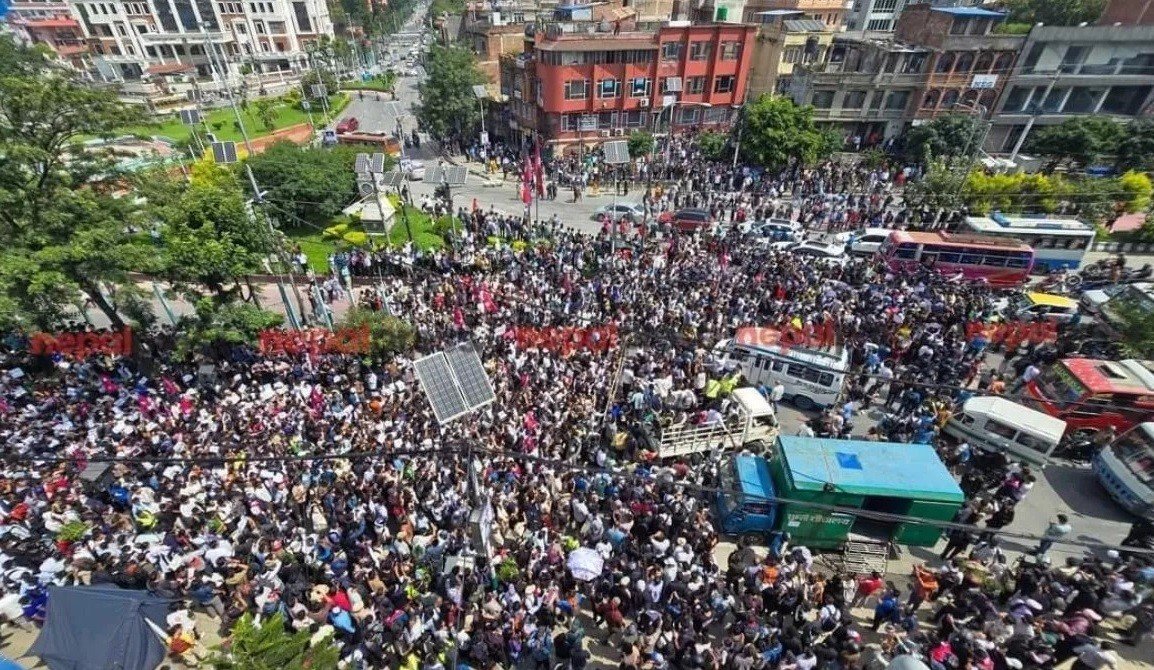
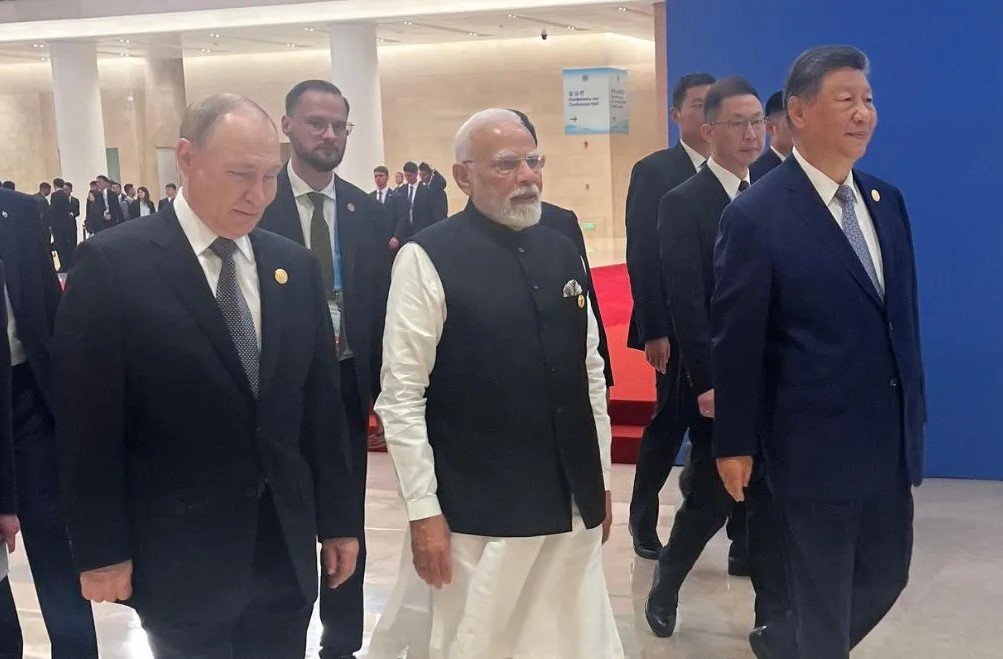
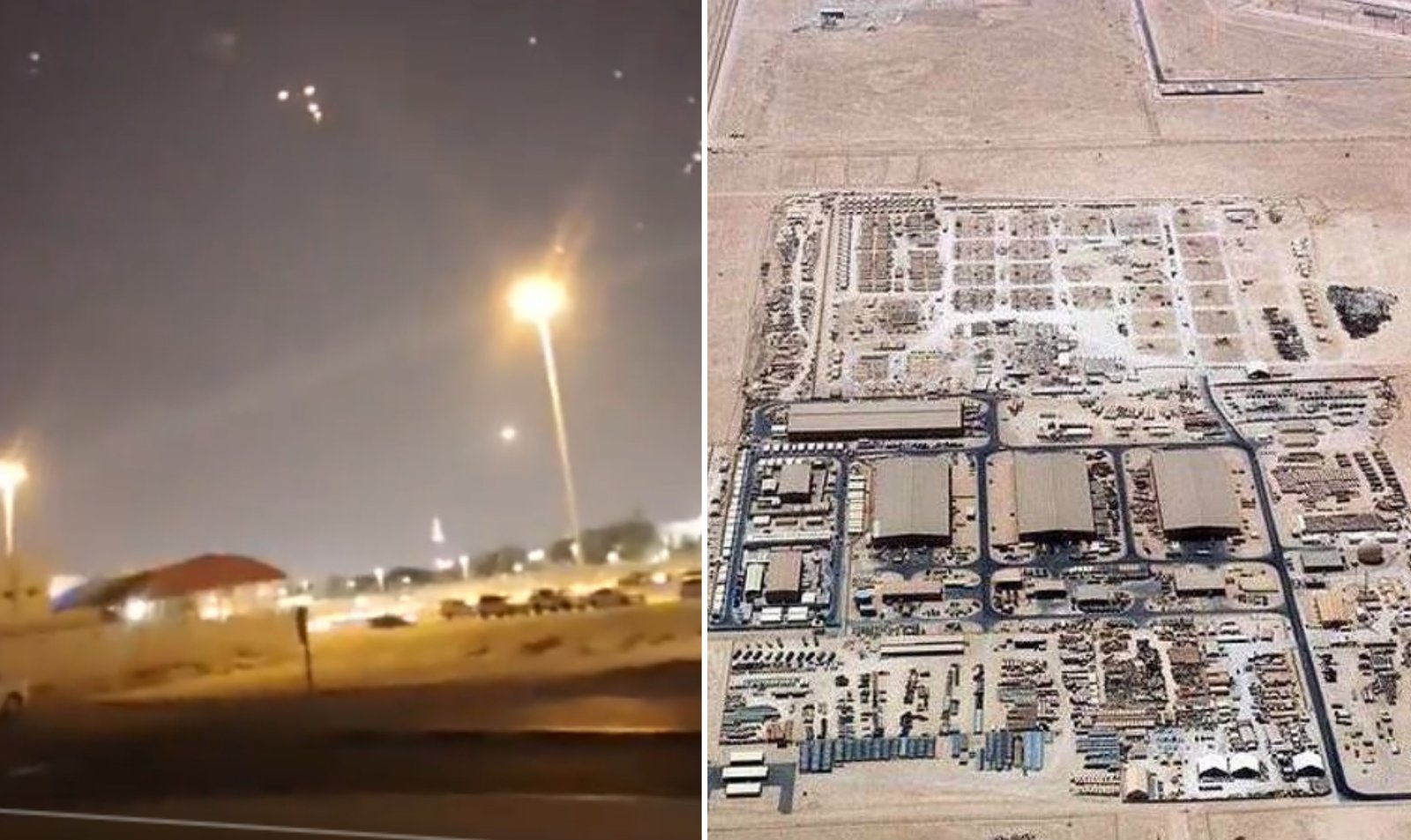
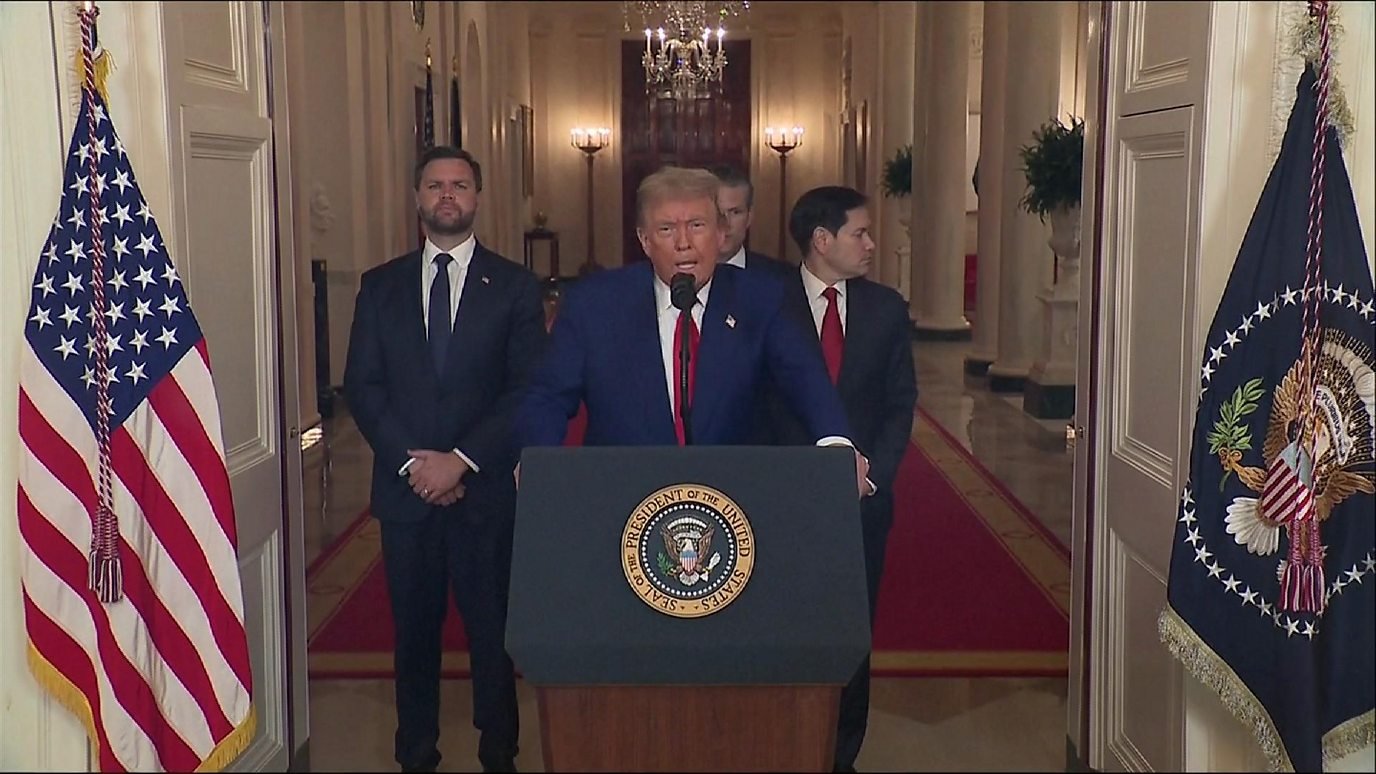
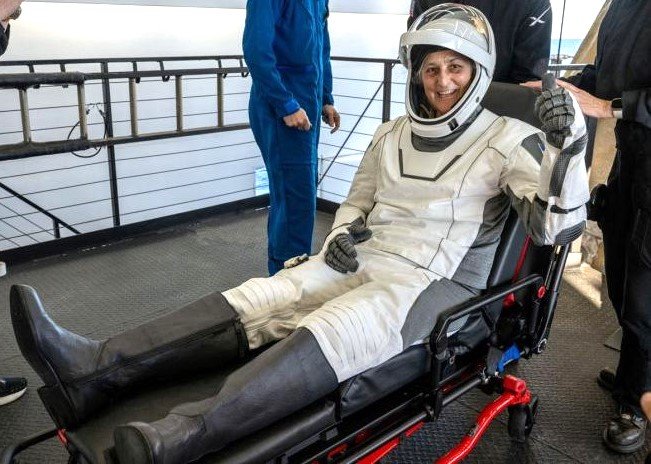

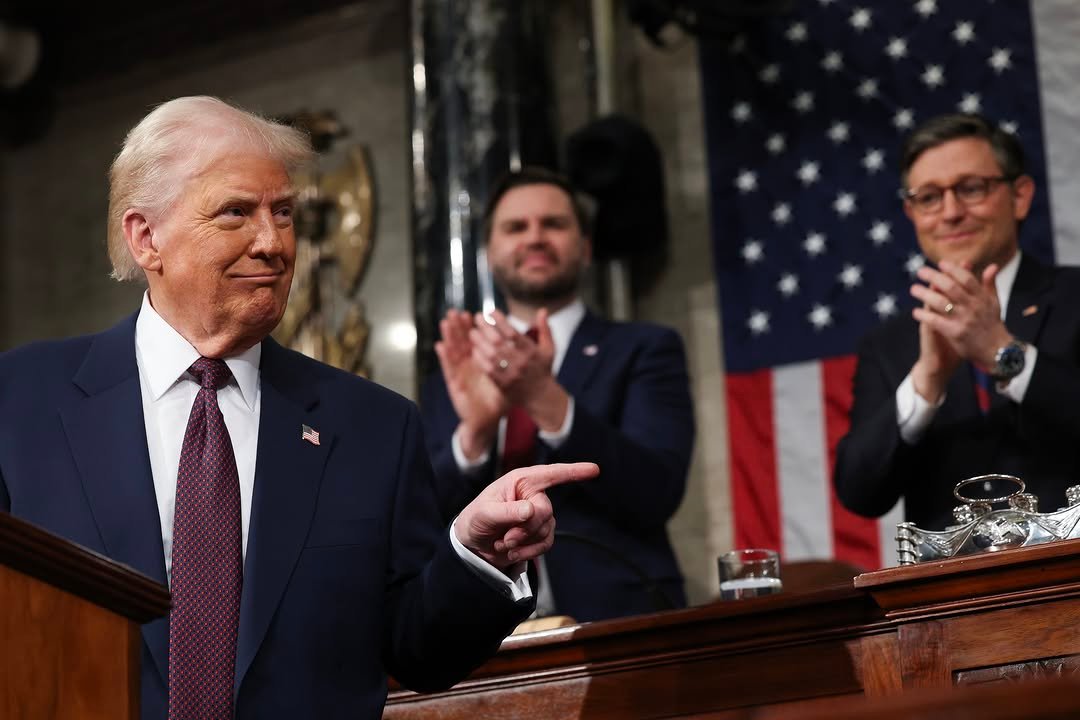
Reporter
View Reporter News